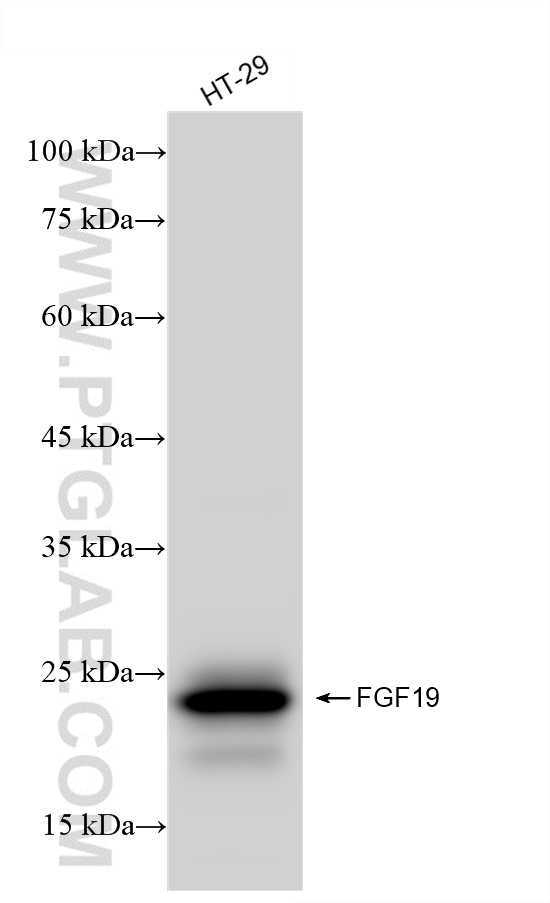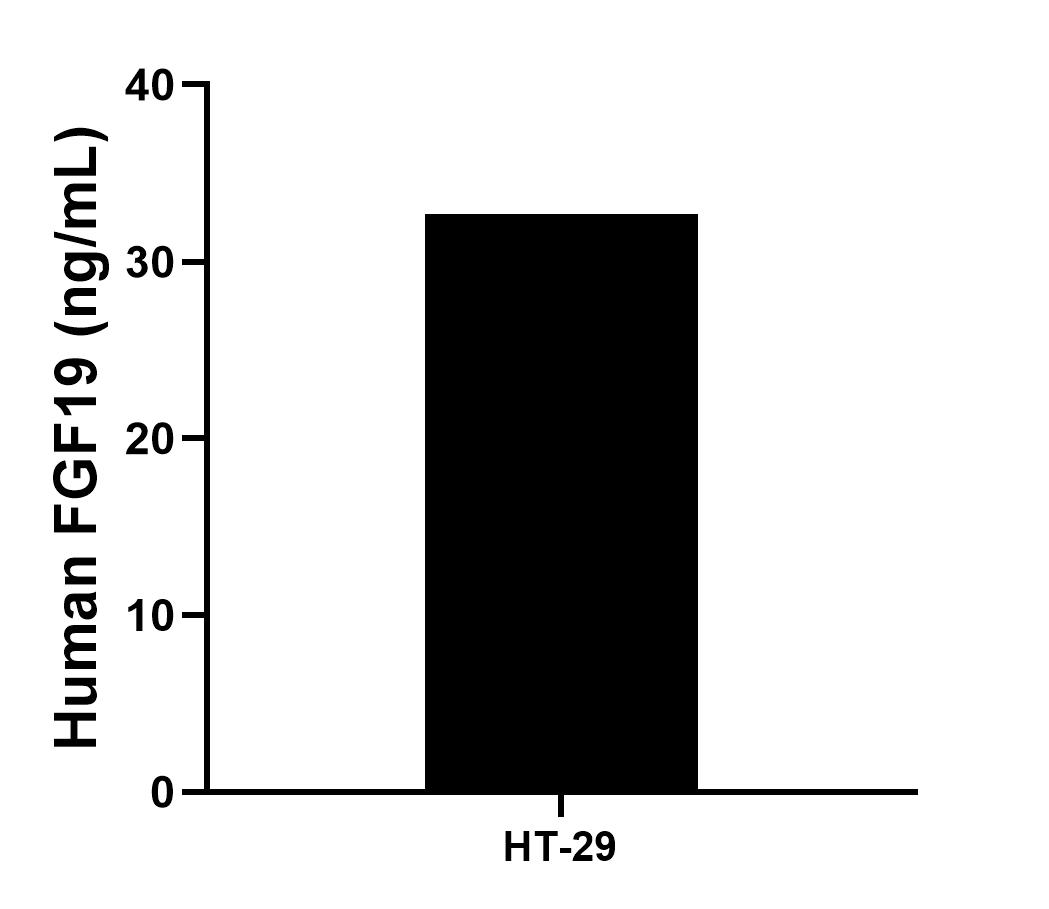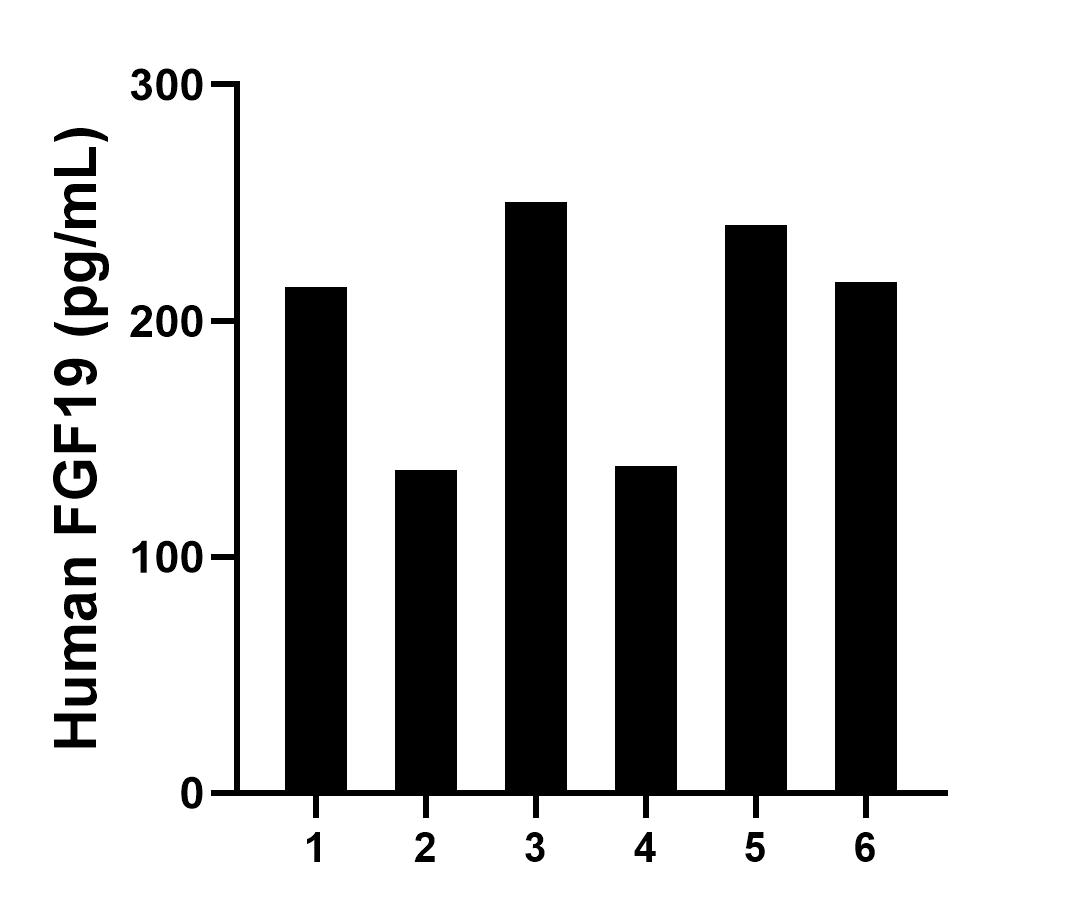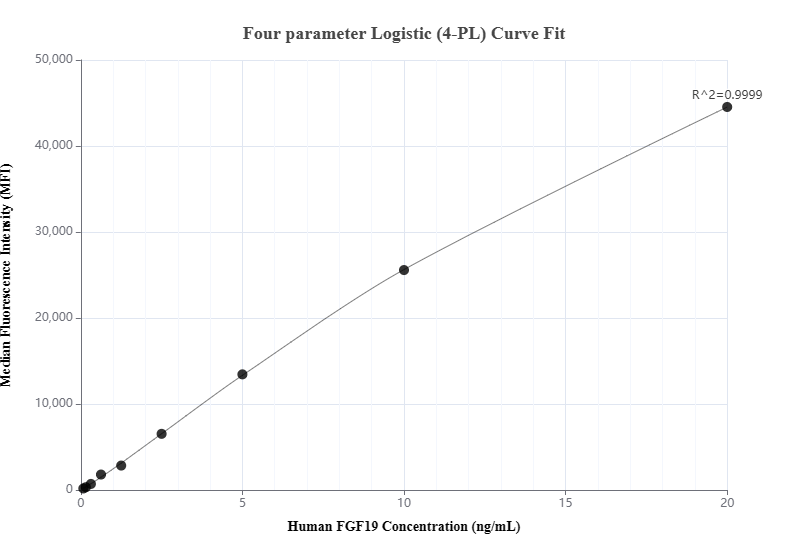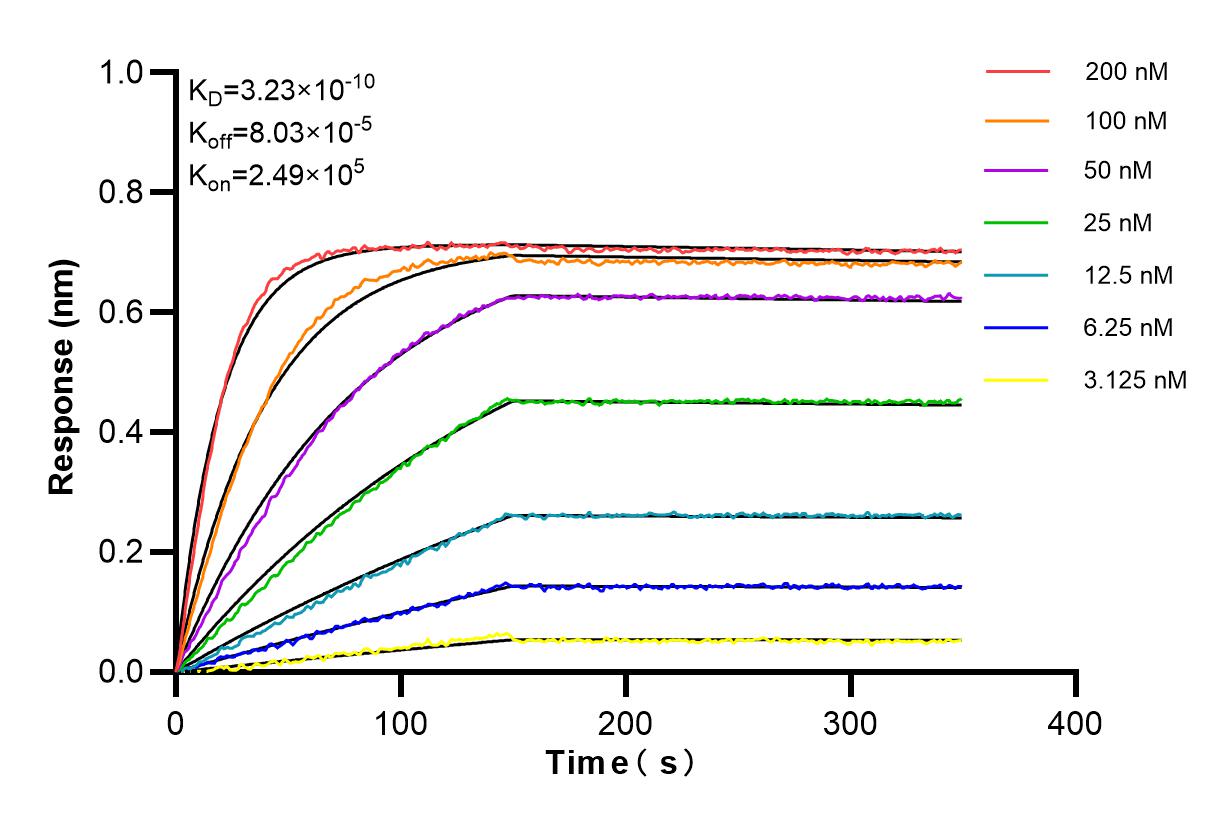验证数据展示
产品信息
84536-3-PBS targets FGF19 as part of a matched antibody pair:
MP01398-1: 84536-3-PBS capture and 84536-2-PBS detection (validated in Cytometric bead array, Sandwich ELISA)
Unconjugated rabbit recombinant monoclonal antibody in PBS only (BSA and azide free) storage buffer at a concentration of 1 mg/mL, ready for conjugation. Created using Proteintech’s proprietary in-house recombinant technology. Recombinant production enables unrivalled batch-to-batch consistency, easy scale-up, and future security of supply.
This conjugation ready format makes antibodies ideal for use in many applications including: ELISAs, multiplex assays requiring matched pairs, mass cytometry, and multiplex imaging applications.Antibody use should be optimized by the end user for each application and assay.
| 经测试应用 | WB, Cytometric bead array, Sandwich ELISA, Indirect ELISA, Sample test Application Description |
| 经测试反应性 | human |
| 免疫原 | FGF19 fusion protein HZ-1330 种属同源性预测 |
| 宿主/亚型 | Rabbit / IgG |
| 抗体类别 | Recombinant |
| 产品类型 | Antibody |
| 全称 | fibroblast growth factor 19 |
| 别名 | UNQ334/PRO533, Fibroblast growth factor 19, FGF-19, FGF 19, 241740E4 |
| 计算分子量 | 216 aa, 24 kDa |
| 观测分子量 | 24 kDa |
| GenBank蛋白编号 | BC017664 |
| 基因名称 | FGF19 |
| Gene ID (NCBI) | 9965 |
| 偶联类型 | Unconjugated |
| 形式 | Liquid |
| 纯化方式 | Protein A purification |
| UNIPROT ID | O95750 |
| 储存缓冲液 | PBS only , pH 7.3 |
| 储存条件 | Store at -80°C. The product is shipped with ice packs. Upon receipt, store it immediately at -80°C |
背景介绍
Fibroblast growth factor 19 (FGF19) is a member of the fibroblast growth factor family, which consists of proteins with diverse effects on development, organogenesis, and metabolism. FGF19 is unique within this family as it functions as an endocrine protein, circulating in the blood and acting on distant target tissues. It is produced in the distal ileum and secreted into the circulation after a meal, playing a role in controlling the enterohepatic circulation of bile acids and regulating hepatic protein and glycogen metabolism in an insulin-independent manner. .
